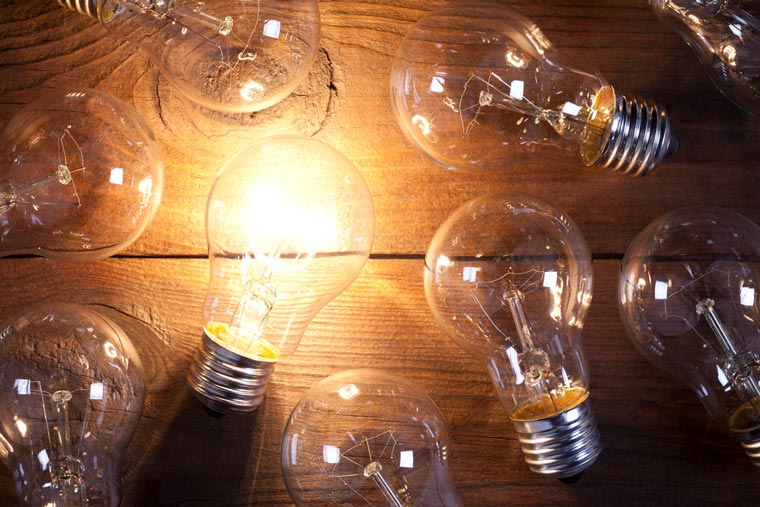The Department of Energy (DOE) recently published the following article in response to questions surrounding the phasing out of incandescent lightbulbs.
Tagged with DOE, incandescent, lightEDIn recent years, the implementation of the Congressional phase-out of incandescent lightbulbs has sparked heated debates and generated a fair share of misinformation. While it was intended to promote energy efficiency and reduce environmental impact, misconceptions have clouded the discussion. Let’s delve into the most common myths surrounding the phase-out and set the record straight.
Myth #1: “The government is banning all lightbulbs.”
Reality: The US government is not banning all lightbulbs; it’s just setting a minimum efficiency standard. The bipartisan Energy Independence and Security Act of 2007 (EISA) established minimum efficiency standards for lightbulbs that the most energy-inefficient incandescent bulbs cannot meet, which have now taken effect. Consumers can still choose from a variety of alternatives like LEDs and CFL bulbs, which are more energy-efficient and longer-lasting. Specialized incandescent bulbs – like bug lights and those that go inside ovens – are also exempt from the new rules.
Myth #2: “LED bulbs are more costly.”
Reality: While it’s true that LED bulbs tend to have a higher upfront cost (around $3 to $6 per bulb) than traditional incandescent bulbs (around $1 to $2 per bulb), this is offset by their significantly longer lifespan and lower energy consumption. LED bulbs can last up to 25 times longer than incandescent bulbs and can save consumers hundreds of dollars in electricity bills over their lifetime, often showing less than a 1-year payback period based on the energy and cost savings.
Myth #3: “LED bulbs are not as bright as incandescent bulbs”
Reality: LED bulbs produce more lumens per watt and last up to 25 times longer than incandescent bulbs. A 10W LED bulb emits as much light as a 60W incandescent bulb, making them both brighter and more energy efficient.
Myth #4: “The ban is a government overreach on behalf of the Biden-Harris administration.”
Reality: While the Biden-Harris administration picked the energy-efficient-lightbulb issue back up after the Trump administration blocked the ruling, the EISA – signed into law by President George W. Bush – was a bipartisan effort aimed at reducing energy consumption and greenhouse gas emissions. It set energy efficiency standards for various appliances and lighting options, including lightbulbs. The minimum efficiency standard for light bulbs was part of a broader strategy to address environmental concerns and enhance energy independence.
